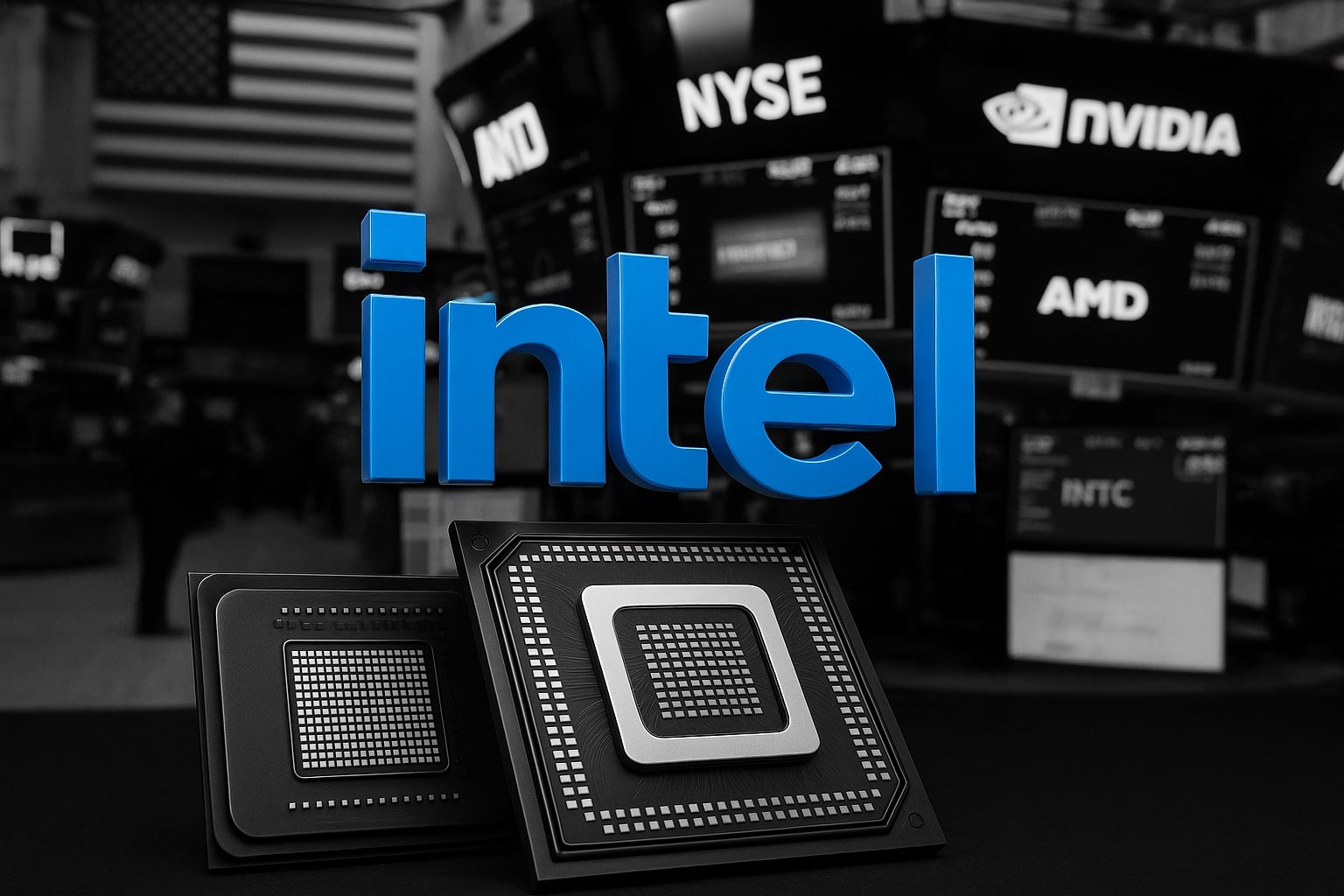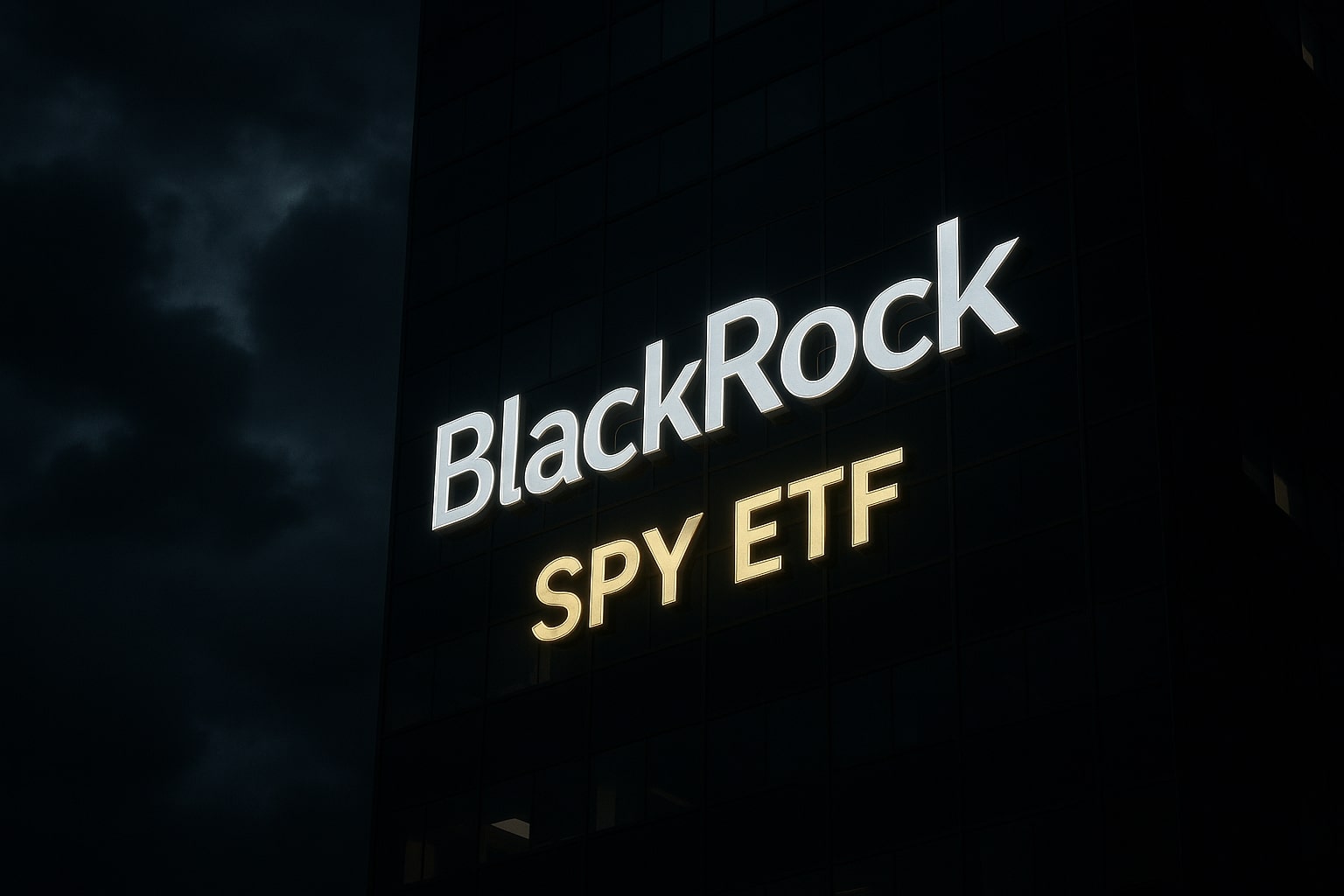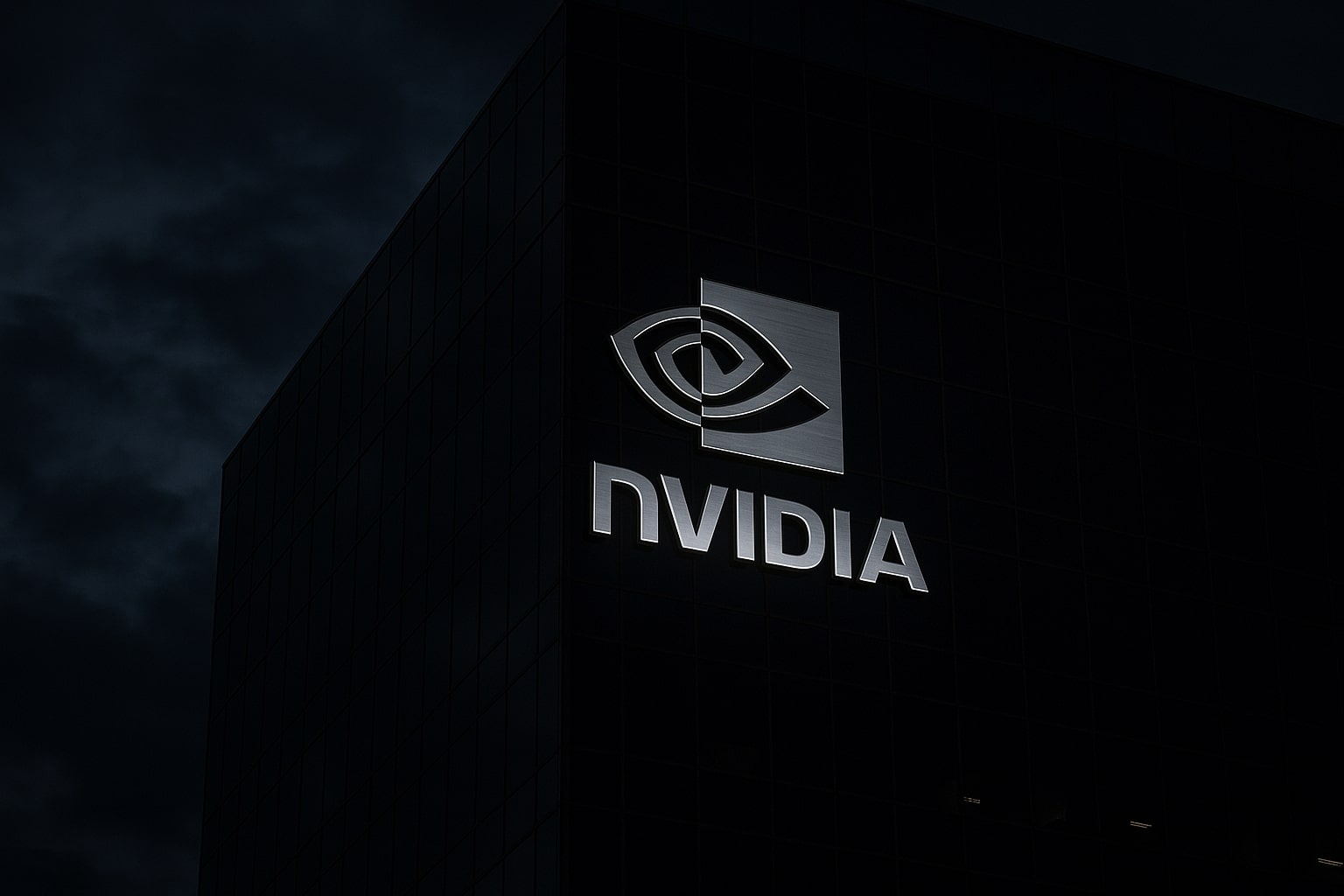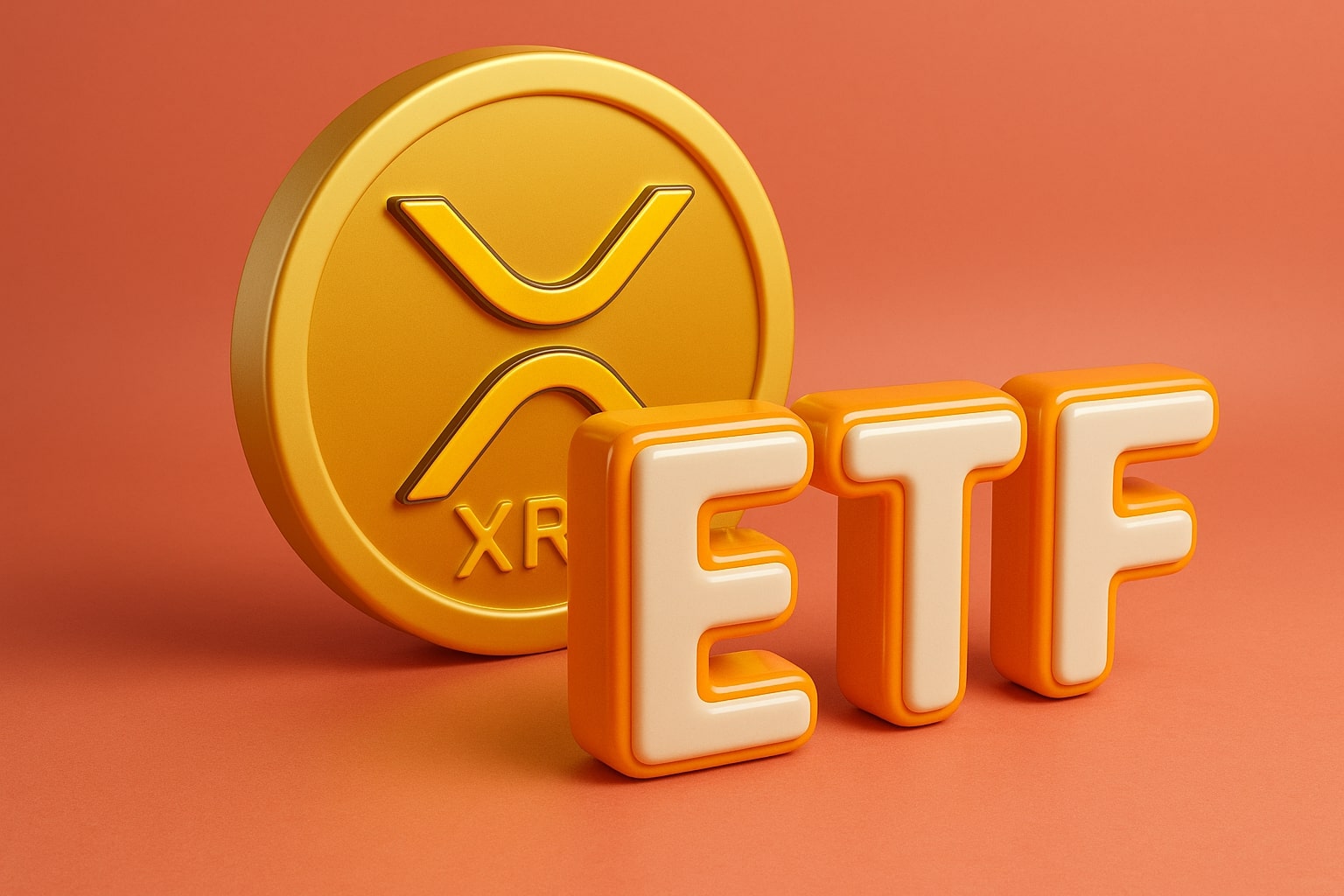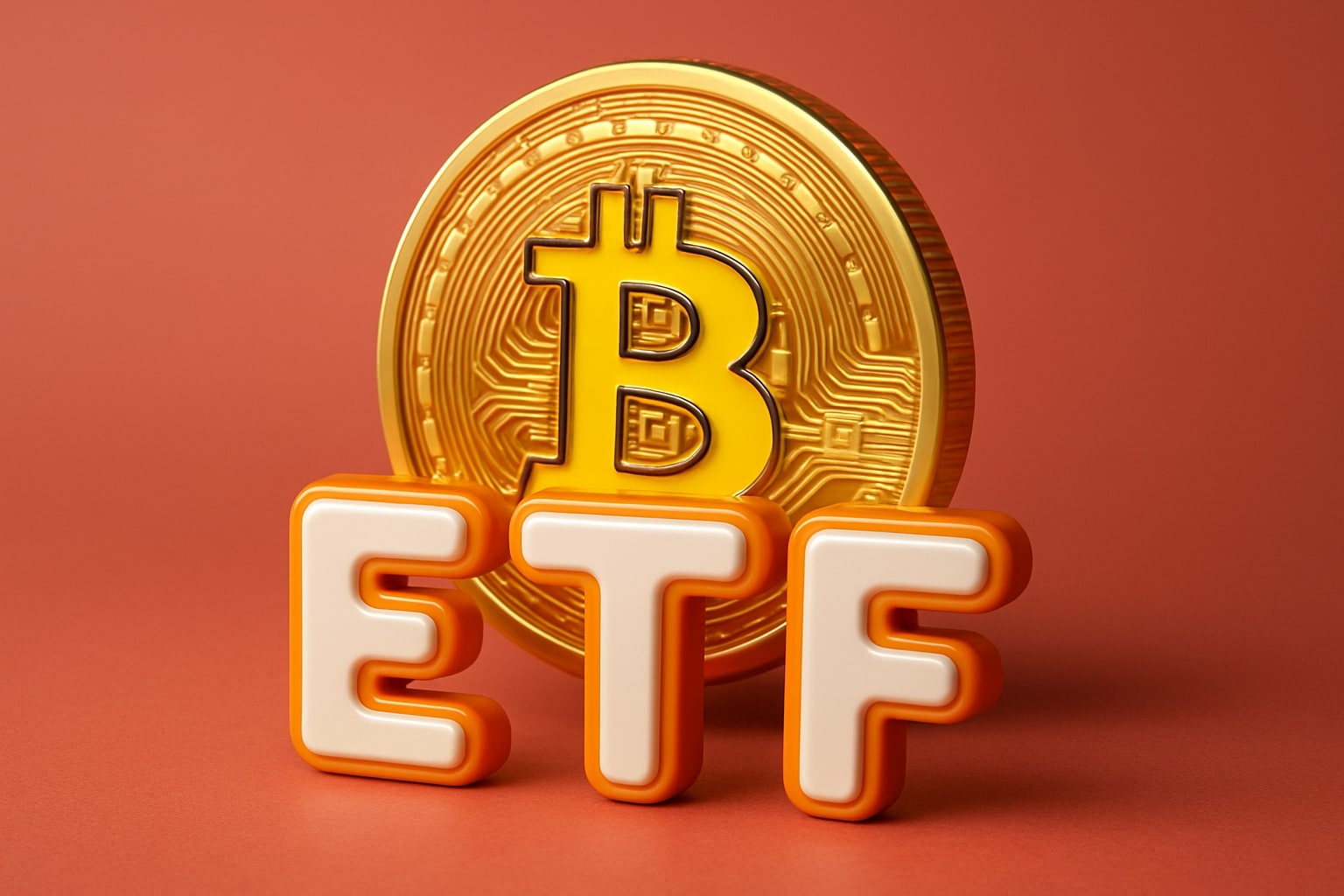Financial Pressures and Credit Downgrades Weigh on Outlook
Intel’s debt burden is rising amid operational challenges. The company holds $50.7 billion in total debt with a 48% debt-to-equity ratio, while cash reserves of $21.2 billion provide limited flexibility against its negative $8.3 billion free cash flow. The sequence of credit downgrades from Fitch (BBB to BBB-), S&P (BBB+ to BBB), and Moody’s (A3 to BAA1) underscores market skepticism over Intel’s financial stability. These agencies cited weak profitability and the risk that debt-to-EBITDA may reach 7x without substantial margin recovery.
Operational margins remain compressed at -3.8%, a stark contrast to historical double-digit averages. Despite a modest 10.08B operating cash flow, reinvestment in manufacturing expansion—spanning U.S., Germany, and Israel—has eroded near-term profitability.
Insider and Institutional Dynamics Signal Long-Term Positioning
Activity from insider and institutional channels reflects strategic repositioning rather than short-term speculation. Intel’s insider transaction records show limited direct selling in recent months, implying management’s long-term commitment amid volatility. Institutional buyers, meanwhile, are betting on U.S. government incentives like the CHIPS Act, which earmarked $11.1 billion in federal support for Intel’s domestic manufacturing push.
The company also secured $2 billion in private placement funding from SoftBank, selling 86.9 million shares at $23 each, reinforcing balance sheet liquidity and investor faith in its turnaround thesis. These deals, combined with partnerships with AWS and Microsoft (NASDAQ:MSFT) for custom chip manufacturing, have strengthened its strategic position in a rapidly consolidating semiconductor landscape.
Competitive Tensions and Sector Valuations Redefine Intel’s Path
Intel’s relative undervaluation to peers offers both opportunity and risk. While NVIDIA’s market cap surpasses $4.5 trillion and AMD trades above $218, Intel’s $177 billion valuation highlights its lagging scale but potential for recovery. Yet the structural gap in AI and foundry performance remains. Intel’s goal to capture 10% global foundry share by 2030 faces steep competition from TSMC’s 60% dominance and Samsung’s 14%.
China’s restrictions on rare earth exports have also pressured the chip supply chain, with Intel’s stock falling 3.8% earlier in the week before rebounding. The company’s U.S.-based expansion could mitigate some supply risk, but near-term volatility will persist as geopolitical conditions evolve.
Outlook and Verdict: A Cautious Hold with Tactical Upside
The market’s confidence in Intel (NASDAQ:INTC) has been reignited, but the recovery is not yet fundamental—it is speculative and anticipatory. The combination of institutional inflows, foundry growth projections, and AI manufacturing incentives supports continued upside toward $39–$40, Mizuho’s latest target. However, persistent negative EPS (-4.77), high leverage, and AI execution risk prevent a decisive bullish stance.
Based on the data, Intel remains a tactical Hold, favoring medium-term investors who believe in the foundry revival and U.S. semiconductor independence narrative. Short-term traders, however, should monitor volatility between $35 and $39.50, the key resistance zone before further upside confirmation.
View Intel’s real-time chart and insider activity profile for continuous updates as the company navigates its high-stakes turnaround in the AI-driven chip war.














